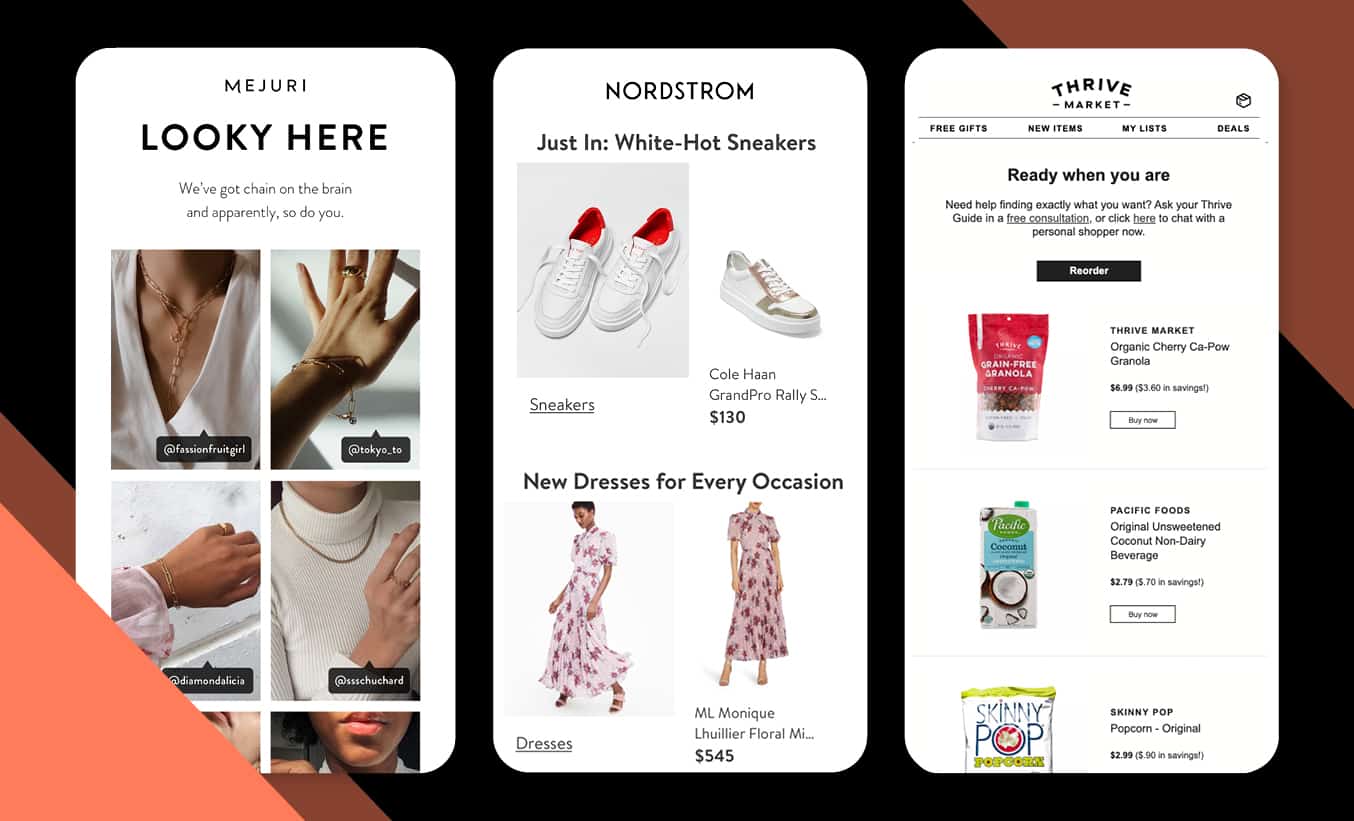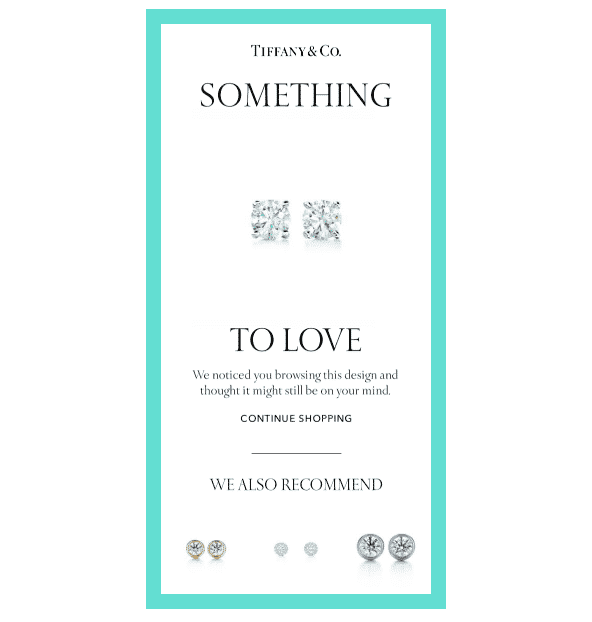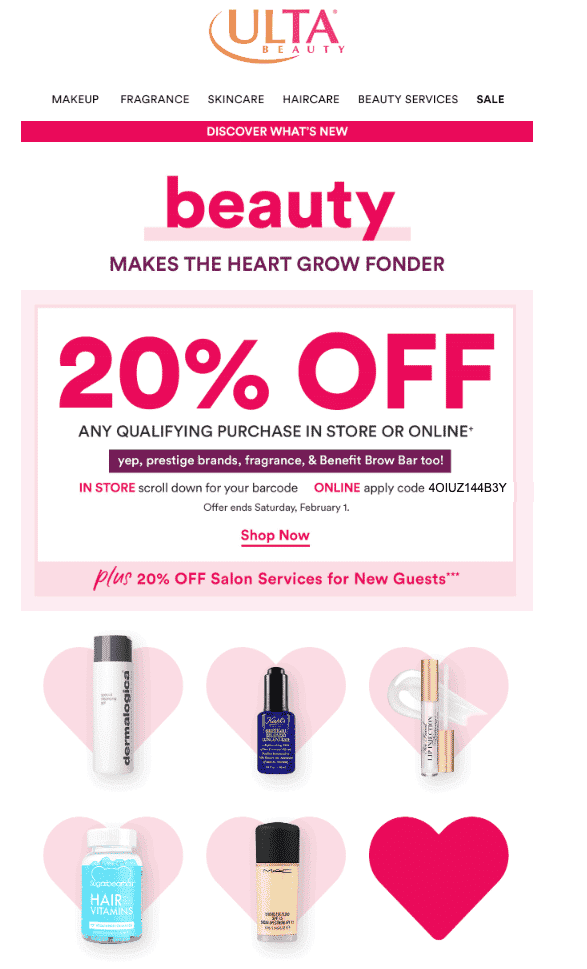Retail
8 Recommendation Algorithms (and How You Can Use Them)
March 3, 2020

No matter your brand, your vertical, your customer, even what month it is, one thing remains: Product recommendations are important for every retailer. Just look at Amazon. Sophisticated recommendation algorithms account for 35% of the ecommerce giant’s sales.
Recommendations can be put into place at any phase of the customer journey, whether the person is a first-time shopper you know nothing about or your biggest fan. One type of recommendation may encourage a browser to become a buyer, while another helps develop loyalty post-purchase. Either way, product recommendation algorithms are your friend and our latest guide outlining eight varieties you need to know and where to use them, highlighting the brands doing it best. Here’s a sneak preview:
Popular
Popular recommendation algorithms serve up those products that are, you guessed it, most popular. These products are the best sellers across a brand’s entire inventory and don’t take individual customers’ personal tastes and data into consideration here, nor where they may be along the customer journey.
One way to use them: Because popular recommendations don’t require knowledge of a customer, they’re great for a welcome series.

Trending
Similar to popular recommendations, the trending algorithm focuses on a brand’s best sellers, though only within a particular time frame. If you release a new product that suddenly surges in sales, the trending recommendation algorithm will prioritize it over the consistent best sellers.
One way to use them: Trending recommendations are particularly popular during the holiday season, when many consumers are looking for what’s new and hot.
Contextual
Contextual recommendations are part of a category called collaborative filtering, otherwise known as “Those who bought this also bought that.” To work, these recommendation algorithms need a single data set: the URL a customer is viewing. From there, they leverage the larger site history to make recommendations.
One way to use them: Because contextual recommendations often serve similar or complementary products, they’re frequently on product pages.
Browsing History
Recommendations based on browsing history also use collaborative filtering to suggest items that have compelled customers with similar histories to buy. Great for product discovery, these recommendations can be used with customers who have generated as few as two page views. However, extensive browsing histories can make them more effective.
One way to use them: Knowing what a customer viewed is all you need to deploy a strong browse abandonment email.

Purchase History
These recommendation algorithms require marketers to know a bit more about their customers — specifically, what they’ve already purchased in the past. Since people browse a ton of products they don’t buy, purchase history leverages a far stronger signal, ultimately making it a high-quality recommendation.
One way to use them: Which jacket goes best with the shirt your customer just bought? These recommendations were tailor made for a post-purchase series.
Interest-Based
As customers browse, interest recommendation algorithms record every page they visit, registering interest tags associated with that content to an individual user profile. The algorithms match items with a customer’s interest tags, which are updated in real time as they continue to engage with the brand.
One way to use them: Interest-based recommendations are a perfect fit for personalized landing pages.
Predictive
Together, strong customer data and predictive analytics allow marketers to understand what customers have purchased in the past, extrapolating to suggest what they may buy next. These recommendation algorithms synthesize a variety of signals, including how long customer actions typically take, making them among the most powerful of all.
One way to use them: Predictive algorithms incorporate numerous variables, including when a customer is predicted to buy so they’re a great addition to winback messaging.

Custom Recommendation Algorithms
Maybe you want to recommend products based on a use case that wasn’t outlined above? Custom recommendations can be used in combination with any of them — or any other algorithms your brand may have built already. The world is your oyster.
To learn more about the different recommendation algorithms and where to use them, download Recommendations to Revenue here.
The State of Brand Loyalty in the U.S. in 2023
Related



